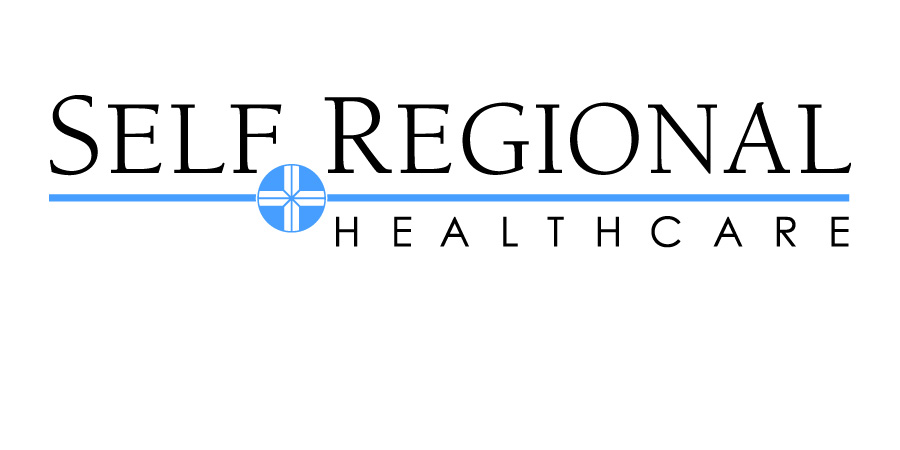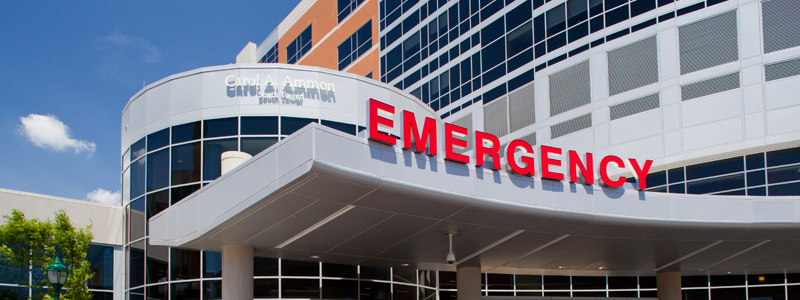Title Page
-
Conducted on
-
Prepared by
-
Location
CoP: Food and Dietetic Services
-
Do you want to review "Food and Dietetic Services" conditions?
482.28 Food and Dietetic Services
482.28(a) Standard: Organization
-
A-0619 482.28(a) The hospital must ensure that the specific food and dietetic services organization requirements are met.
-
Interpretive Guidelines §482.28(a):
The hospital must ensure that the specific food and dietetic services organization requirements are met. -
A-0622 482.28(a)(3) There must be administrative and technical personnel competent in their respective duties.
-
Interpretive Guidelines §482.28(a)(3)
Administrative and technical personnel must be competent in their assigned duties. This competency is demonstrated through education, experience and specialized training appropriate to the task(s) assigned. Personnel files should include documentation that the staff member(s) is competent in their respective duties. -
A-0629 482.28(b)(1) Individual patient nutritional needs must be met in accordance with recognized dietary practices.
-
Interpretive Guidelines §482.28(b)(1)
Each hospital patient for whom the hospital is providing one or more meals or nutrition must have their nutritional needs met in a manner that is consistent with recognized dietary practices. Affected patients include all inpatients and those patients in outpatient status, including the provision of observation services, whose stay is sufficiently long that they must be fed. According to the U.S. Department of Agriculture’s (USDA) Food and Nutrition Center the nationally recognized source for recommended dietary intakes allowances is the Institute of Medicine Food and Nutrition Board’s Dietary Reference Intakes (DRIs), which are designed to provide recommended nutrient intakes for use in a variety of settings. The DRIs are a set of four reference values:
• Recommended Dietary Allowance (RDA) is the average daily dietary intake of a nutrient that is sufficient to meet the requirement of nearly all (97-98%) healthy persons.
• Adequate Intake (AI) for a nutrient is similar to the Estimated Safe and Adequate Daily Dietary Intakes (ESADDI) and is only established when an RDA cannot be determined. Therefore a nutrient either has an RDA or an AI. The AI is based on observed intakes of the nutrient by a group of healthy persons.
• Tolerable Upper Intake Level (UL) is the highest daily intake of a nutrient that is likely to pose no risks of toxicity for almost all individuals. As intake above the UL increases, risk increases.
• Estimated Average Requirement (EAR) is the amount of a nutrient that is estimated to meet the requirement of half of all healthy individuals in the population.
USDA provides access to an interactive DRI tool and DRI tables at http://fnic.nal.usda.gov/dietary-guidance/dietary-reference-intakes
Meeting individual patient nutritional needs may include the use of therapeutic diets. Therapeutic diets refer to a diet ordered as part of the patient’s treatment for a disease or clinical condition, to eliminate, decrease, or increase certain substances in the diet (e.g., sodium or potassium), or to provide mechanically altered food when indicated.
Patients must be assessed for their risk for nutritional deficiencies or need for therapeutic diets and/or other nutritional supplementation.
Examples of patients who may have specialized dietary needs and may require a more detailed nutritional assessment include, but are not limited to:
All patients requiring artificial nutrition by any means (i.e., enteral nutrition (tube feeding), total parenteral nutrition, or peripheral parenteral nutrition);
Patients whose medical condition, surgical intervention, or physical status interferes with their ability to ingest, digest or absorb nutrients;
Patients whose diagnosis or presenting signs/symptoms indicates a compromised nutritional status (e.g., anorexia nervosa, bulimia, electrolyte imbalances, dysphagia, malabsorption, end stage organ diseases, etc.);
Patients whose medical condition can be adversely affected by their nutritional intake (e.g., diabetes, congestive heart failure, patients taking certain medications, renal diseases, etc.).
Patients who refuse the food served should be offered substitutes that are of equal nutritional value in order to meet their basic nutritional needs.
The care plan for patients identified as having specialized nutritional needs must address those needs as well as monitoring of their dietary intake and nutritional status. The methods and frequency of monitoring could include one or more of the following, as well as other methods:
• Patient weight (BMI, unintended weight loss or gain)
• Intake and output
• Lab values -
A-0631 482.28(b)(3) A current therapeutic diet manual approved by the dietitian and medical staff must be readily available to all medical, nursing, and food service personnel.
-
Interpretive Guidelines §482.28(b)(3)
The therapeutic diet manual must be approved by the dietitian and the medical staff. The publication or revision date of the approved therapeutic diet manual must not be more than 5 years old. The therapeutic diet manual (or copies of it) must be available to all medical, nursing and food service personnel.








